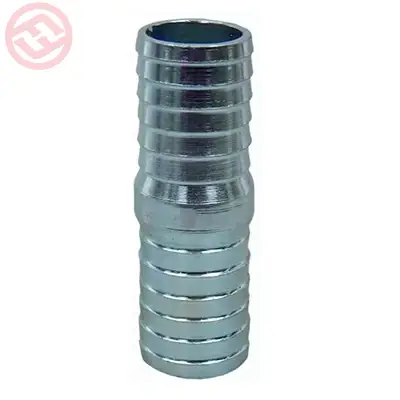Determining the appropriate length of an insert coupling for a specific application involves several considerations to ensure proper fit and functionality.
Here’s how you can determine the appropriate length:
- Measurement: Measure the gap or distance between the two ends of the piping or tubing that you need to connect using the insert coupling. Use a measuring tape or calipers to obtain an accurate measurement of the distance between the pipe ends.
- Allowance for Expansion: Consider any thermal expansion or contraction that may occur in the piping system due to temperature variations. Allow sufficient length in the insert coupling to accommodate potential movement without putting undue stress on the coupling or the piping.
- Manufacturer Recommendations: Consult the manufacturer’s specifications and guidelines for the insert coupling you are using. Manufacturers often provide recommendations for the appropriate length of coupling based on pipe size, material, and intended application.
- Code Requirements: Refer to relevant industry codes, standards, or regulations that may specify requirements for the length of insert couplings in certain applications. Ensure compliance with applicable codes to meet safety and performance standards.
- Type of Connection: Consider the type of connection being made with the insert coupling, such as a straight connection or a transition between different pipe sizes or materials. The length of the coupling may vary depending on the specific requirements of the connection.
- Flexibility and Tolerance: Allow for some flexibility and tolerance in the length of the insert coupling to accommodate variations in pipe alignment, fitting dimensions, and installation conditions. It’s often prudent to choose a slightly longer coupling to ensure a proper fit and allow for adjustments during installation.
- Sealing Requirements: Determine whether any sealing or gasketing materials need to be accommodated within the insert coupling. Ensure that the length of the coupling provides adequate space for sealing components without compromising the integrity of the connection.
- Consultation: If you’re uncertain about the appropriate length of insert coupling for your specific application, consult with qualified engineers, technicians, or piping specialists for guidance. They can provide insights based on their expertise and experience to help you select the right length for your needs.
By considering these factors and taking appropriate measurements and precautions, you can determine the appropriate length of insert coupling needed for your specific application and ensure a secure and reliable connection within your piping system.
